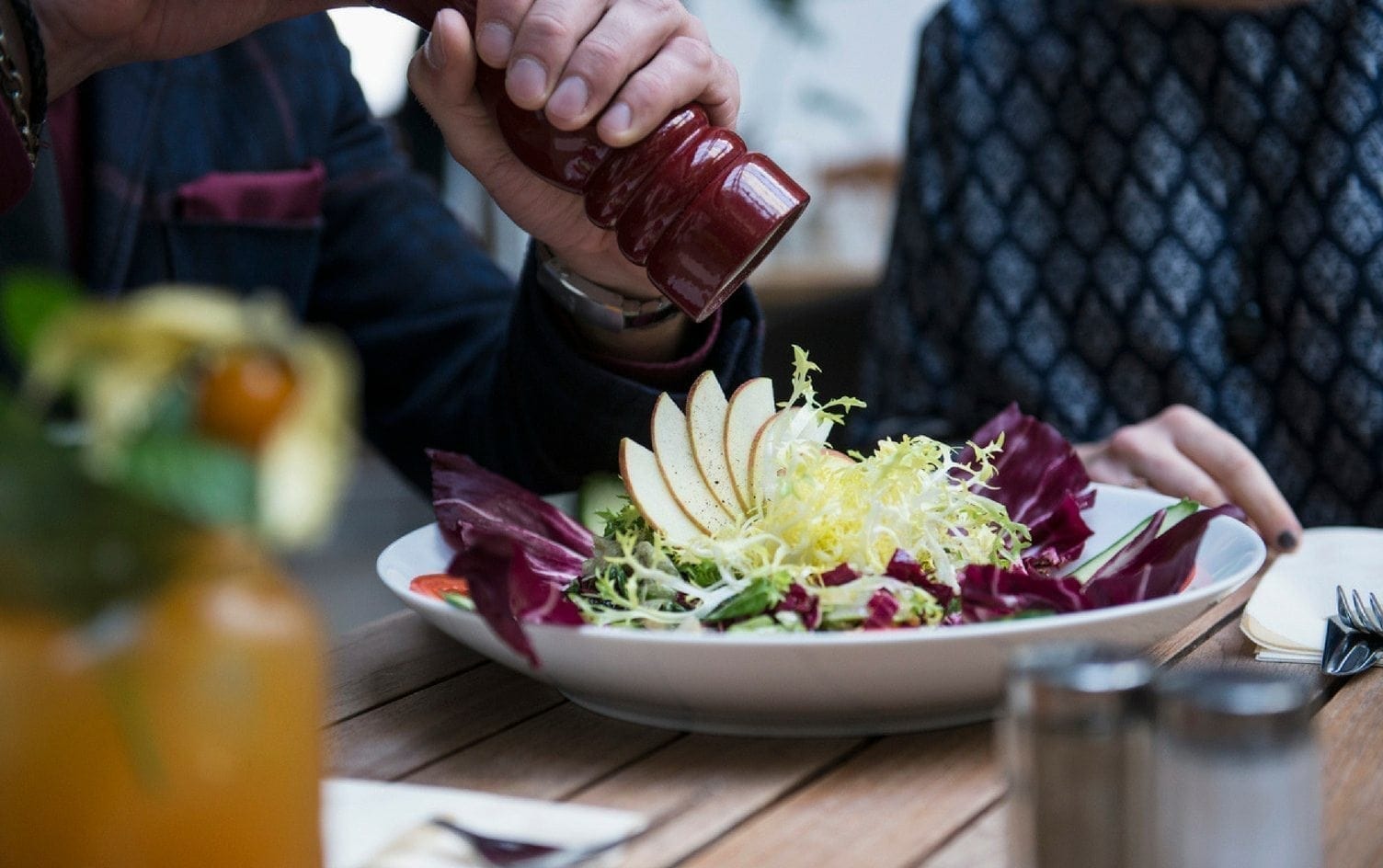We should be grateful we’re able to make or order a salad at almost every meal. But, with lettuce options starting to resemble the options in the cereal aisle, what’s a savvy grocery shopper to do? Between boxed, bagged and by-the-pound, there’s no shortage of ways to get crisp salad greens. Here’s a quick rundown to help you know which is best:
PAY ATTENTION TO SEASONALITY
Lettuces are technically a cool-weather crop that turn bitter when hit with warm temps. It’s true that with the help of global distribution, we can enjoy almost ingredient at any time, but it’s best to buy seasonally. Like with most produce, the best salad fixings are locally grown and harvested in their appropriate season; with tender greens like mache or pea tendrils available in the spring, arugula in both spring and fall,and hearty chicories like radicchio and endive in the winter.
As for the other ingredients you might want to mix into your greens — the same rule applies; pears in the fall, citrus in winter and juicy tomatoes all summer long.
READ MORE > 5 STEPS TO THE PERFECT, CRISP MASON JAR SALAD
OPT FOR LOOSE OR WHOLE-HEAD
Once you know you’re buying ingredients at their flavor-best, the question becomes how to buy them. I’ll admit that I’ve given into the convenience with boxes and bags that are puffed with air for preservation and touted as “super-washed” or “triple-washed” on those crazy weeknights. But this study suggests that those greens still need to be washed due to a buildup of bacteria and possible salmonella contamination. Since packaged greens cost more, and you’re going to wash them anyway, it’s better to buy them by-the-pound if they’re loose or as uncut heads if whole.
Any lettuce you buy should have been picked recently and enjoyed within a couple of days. Look for leaves free of large blemishes and are generally solid in color. Leaves that are starting to yellow or are overly spotty are likely on their way out. Fresh, crisp leaves are ideal, even with a few holes which may (happily) be a visual cue they’re organic (ask your purveyor to confirm). For whole heads of greens, you want tight heads that seem slightly heavier than expected and have clean looking cut ends.
CLEANING AND STORAGE MATTER
As soon as you get your greens home, separate the leaves then wash and spin them well to remove any dirt or excess liquids which would make them rot faster. Lightly wrap them in paper towels and put them into sealable plastic bag to chill.
Or, if you have room in your fridge, you can store the greens in the drained salad spinner with the lid on. This way, the greens are clean, won’t get smashed if you accidentally put something on top, and you can easily take out the right amount each night for serving.
DRESS IT UP RIGHT
Once you’ve bought the right greens and handled them properly, now all you need to do is make them into something delicious. Easy, right?
Delicate and in-season greens don’t need much to be spectacular. Skip the preservative-full bottles of thick and heavy dressings and instead opt for a DIY vinaigrette. Our recommendation: a light drizzle of good-quality olive oil, a spritz of fresh lemon juice or a few drops of intense vinegar and a sprinkle of coarse salt. Lightly dressed and gently tossed so the greens’ natural, fresh flavors can shine through.




